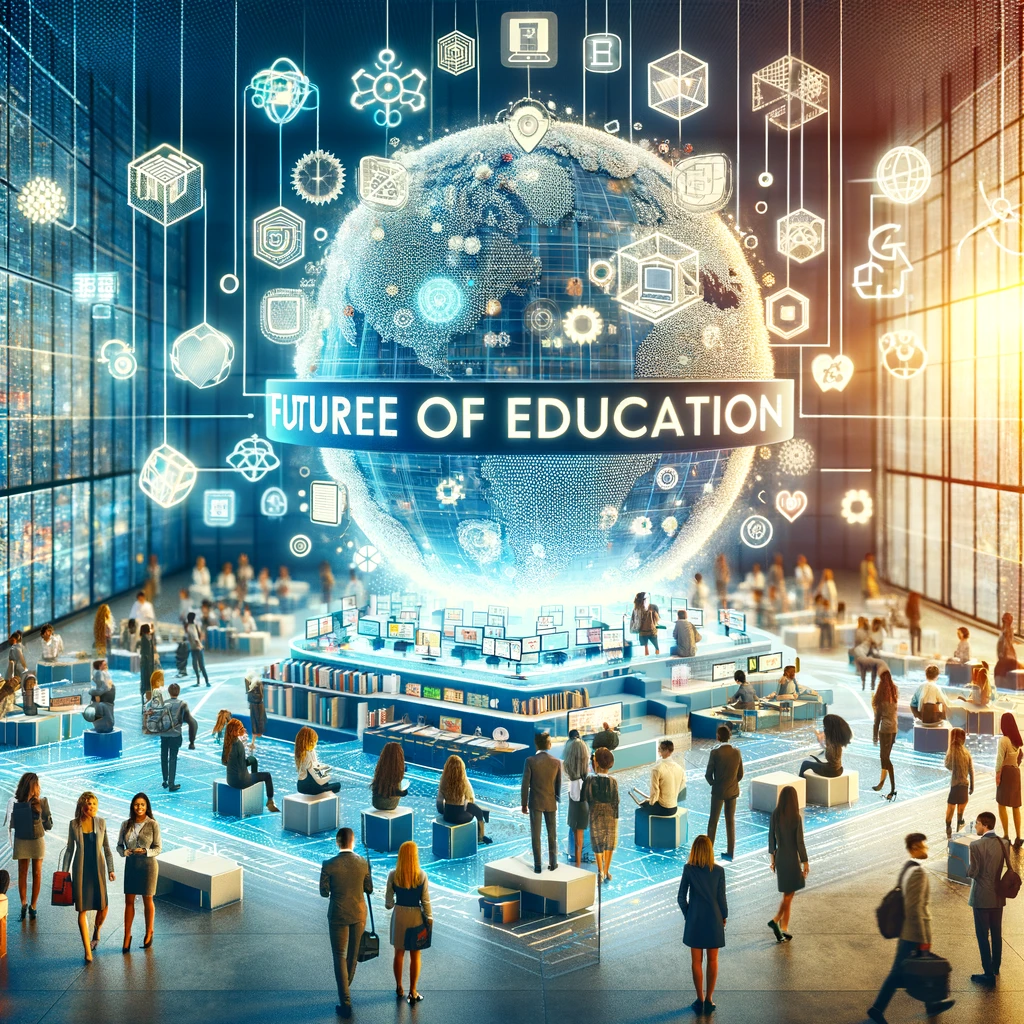Metacollaboration in Education: Crafting Future Co-Leaders
The Global Collaboration Institute is poised to unveil its groundbreaking alliance with esteemed universities from around the globe — and let's make sure this is just the beginning! In this article, I shed light on the transformative power of the metacollaboration lens in education.
In an increasingly interconnected world, the time-honored methods of education require a fresh perspective. Enter metacollaboration, an advanced form of collaboration that leverages the collective genius of diverse minds, tools, and strategies. When applied to the educational landscape, it promises not only to redefine the way we teach and learn but also to mold students into co-leaders of their future.
Understanding MetacollaborationMetacollaboration transcends the conventional notion of collaboration. It amalgamates various disciplines, technological tools, and innovative strategies, all driven by the belief that the most groundbreaking solutions emerge from collective intelligence rather than isolated endeavors.
The Metacollaboration Framework:
- Multidisciplinary Interaction: Breaking down silos between disciplines, students are encouraged to interlink concepts from various fields. For instance, a project on climate change can marry biology, sociology, and political science to give students a holistic understanding.
- Technological Synergy: Embracing state-of-the-art technologies, from AI-driven analytics to augmented reality, to foster learning. Imagine students in the US and Japan collaboratively exploring a virtual Roman Coliseum, discussing its history, architecture, and societal significance in real-time.
- Global Cultural Fusion: Encouraging learners to respect and incorporate diverse cultural perspectives into their thought processes. For example, while studying global economic systems, students can evaluate the approaches of both Western capitalism and Eastern collectivism, understanding their nuances and interconnectedness.
- Continuous Feedback Loop: Implementing systems where feedback refines the learning process, ensuring strategies employed remain relevant and optimized. A student's project on sustainable energy can be continuously improved upon by feedback from peers worldwide, leading to a richer, more comprehensive outcome.
The Metacollaboration Formula:
Visualized as M = (D + T + C) x F:
- M stands for Metacollaboration
- D represents Multidisciplinary Interaction
- T denotes Technological Synergy
- C embodies Global Cultural Fusion
- F signifies the Feedback Multiplier
This formula underscores the interdependent nature of these elements, with feedback acting as a crucial component to magnify their combined effectiveness.
By internalizing metacollaboration, students not only absorb knowledge but also learn the invaluable skill of harnessing collective wisdom. They are primed to:
- Recognize Interconnectedness: Appreciating the interwoven tapestry of today's world, they're adept at connecting dots between seemingly disparate elements.
- Be Adaptive and Resilient: With a curriculum that evolves with global needs, they're trained to navigate the uncertain terrains of the future, quickly adapting to new challenges and finding innovative solutions.
- Leverage Collective Intelligence: Understanding that no one has all the answers, they're more inclined to seek diverse perspectives, resulting in richer insights and outcomes.
- Employ State-of-the-Art Tools: Digital fluency becomes second nature, ensuring they can utilize the best tools at their disposal to analyze, create, and innovate.
And, what does this metamorphosis signify for our educators and academic institutions?
The advent of metacollaboration ushers in a transformative era for education. Teachers, traditionally seen as mere conduits of knowledge, now assume the mantle of global connectors. They deftly weave interdisciplinary dialogues, turning classrooms into dynamic crucibles of learning that mirror the intricate web of our globalized world.
Meanwhile, educational institutions, once characterized by their compartmentalized subjects and silos, find themselves at a crossroads. Inspired by metacollaboration, they pivot towards crafting holistic, interconnected curricula that resonate with the demands of the 21st century.
But this transformation transcends pedagogical methods. Students, once mere consumers of knowledge, are elevated to co-leaders. They're entrusted with the mandate of shaping their destinies, working in tandem with educators who are passionately redefining their traditional roles.
In essence, metacollaboration doesn't merely equip our educators and students to navigate the future—it empowers them to mold it. As they chart their course through this multifaceted, interlinked world, they are fortified with adaptable skills, avant-garde tools, and an enlightened mindset, laying the foundation for a harmonious, collaborative tomorrow.
When you subscribe to the blog, we will send you an e-mail when there are new updates on the site so you wouldn't miss them.
By accepting you will be accessing a service provided by a third-party external to https://global-collaboration.eu/


Comments